History & Heritage: Black History Month at Westphal
February 14, 2023
In a world of accelerated change and constant flux, celebrating and commemorating the contributions and experiences of Black Americans is both prescient and crucial - not only to honor our past and those who paved the way or to understand where we are in the present, but more so to be able to hold on to hope for the future.
Westphal’s Diversity, Equity, and Inclusion Council (DEIC) is proud to present the inaugural Role-models of History & Heritage Series, premiering with our first role-models and inspirations from the African American community.
We hope our community of artists, designers, leaders, and scholars - especially our students - are both inspired and empowered by the stories here, and hopefully, to go further and discover more about their lives, struggles, empowerment, joys, and successes. Imbuing our lives with the stories of these icons would make manifest Dr. Carter G. Woodson’s vision for African American History Month: to uplift all as we lift ourselves.
Everyone is invited to contribute to our repository of future role models to include in this series. Please email Professor Francis Aguas, Associate Dean of Diversity, Equity and Inclusion at francis.aguas@drexel.edu.
William Sidney Pittman: Architect (1875–1958)
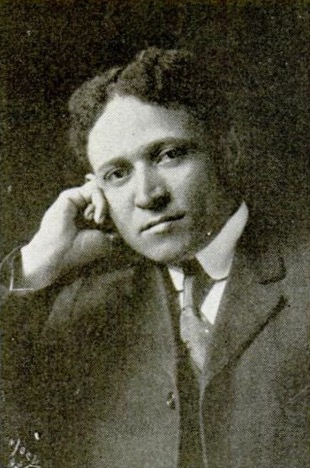
Born to a formerly enslaved person in Montgomery, Alabama, Pittman studied architectural drawing at the Tuskegee Institute. A scholarship sent him to the all-white Drexel Institute in Philadelphia, where (as the first African American student) he completed an architectural degree. From there, he returned to Tuskegee to teach and design buildings for a campus expansion. He then moved to Washington, D.C., where he established his own practice, designed many of the city's prominent buildings, and married Portia Washington, the daughter of Booker T. Washington.
Some of his most important commissions include the Fairmount Heights housing development for Black people in Maryland; the Negro Building at the Tercentennial Exposition at Jamestown, Virginia, in 1907; and the Colored Carnegie Library of Houston.
(Source: Wikimedia Commons and Veranda.com)
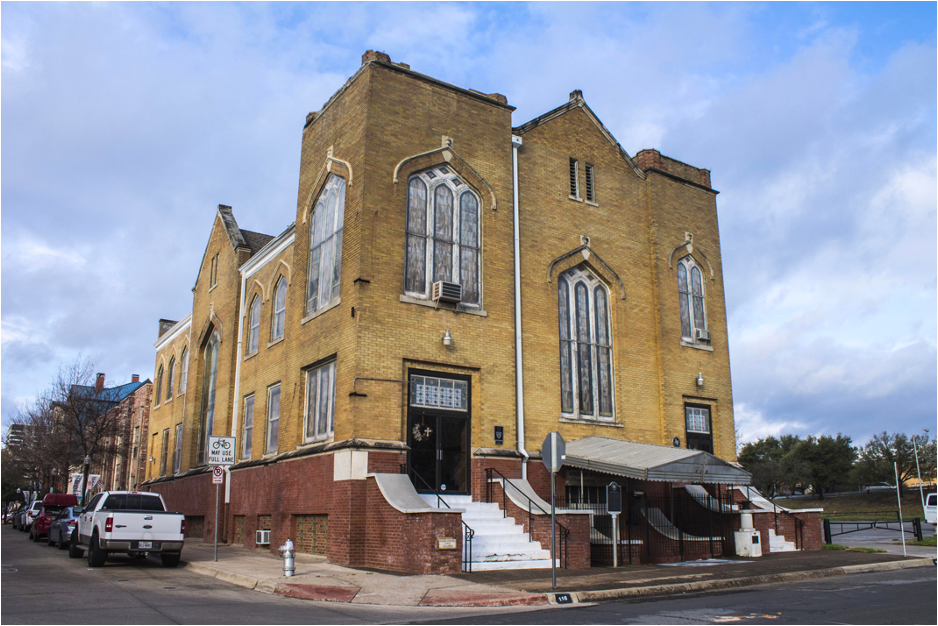
Allen Chapel AME Church, Forth Worth, Texas. Designed by William Sidney Pittman
Madeline Anderson: Filmmaker (1923-)
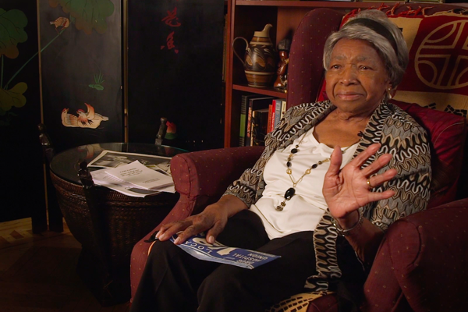
Pioneering filmmaker and television producer Madeline Anderson is often credited as being the first black woman to produce and direct a televised documentary film, the first Black woman to produce and direct a syndicated TV series, the first Black employee at New York-based public television station WNET, and one of the first Black women to join the film editor’s union. Anderson would go on to become the in-house producer and director for Sesame Street and The Electric Company for the Children’s Television Workshop. During the early 1970s, she also helped create what would become WHUT-TV at Howard University, the country's first, and only, Black-owned public television station.
Born Madeline Whedbee, Anderson grew up in Lancaster, Pennsylvania, where she developed a passion for film and teaching. She had four siblings - two sisters and two brothers. As a child during the 1930s, Anderson lived in the Barney Google Row homes, a group of dilapidated three-room houses located on an unpaved street in the 700 block of Southeast Avenue in Lancaster's southeastern 7th Ward neighborhood.
(Source: https://nmaahc.si.edu/explore/stories/filmmaker-madeline-anderson)
Gerald “Jerry” Lawson: Video Game Pioneer (1940-2011)
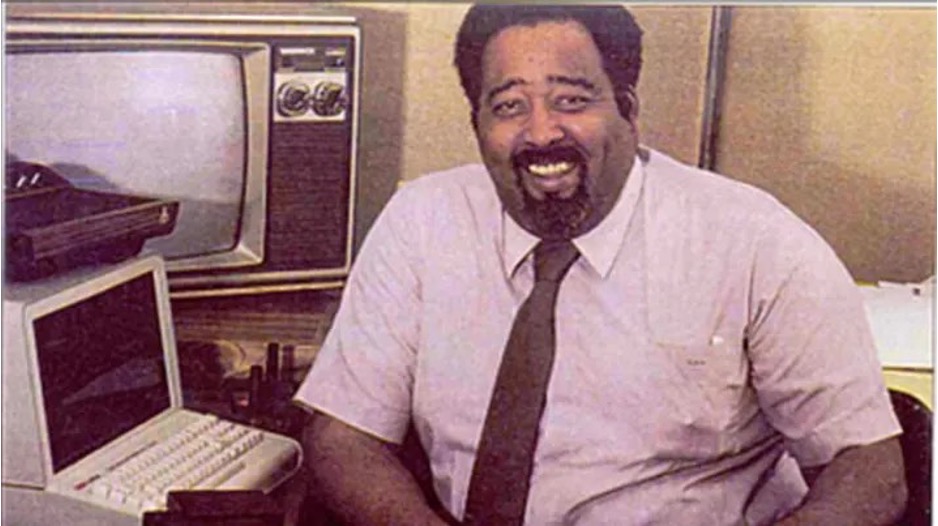
Gerald “Jerry” Lawson was born in Brooklyn, New York on December 2, 1940. He tinkered with electronics from an early age, repairing televisions around his neighborhood and creating his own radio station using recycled parts. He attended Queens College and City College of New York before departing early to start his career in Palo Alto, California.
(On December 1, 2022, Google honored the late Gerald “Jerry” Lawson with his own Google Doodle in commemoration of his 80th birth anniversary.)
Upon arriving in California, Lawson joined Fairchild Semiconductor as an engineering consultant. A few years later, Lawson was promoted to Director of Engineering and Marketing of Fairchild’s video game department where he led the development of the Fairchild Channel F system (the “F” stood for fun!). This was the first home video game system console that featured interchangeable game cartridges, an 8-way digital joystick and a pause menu. The Channel F paved the way for future gaming systems like the Atari, SNES, Dreamcast and more.
In 1980, Lawson left Fairchild to start his own company, VideoSoft—one of the earliest Black-owned video game development companies. The company created software for the Atari 2600, which popularized the cartridge Lawson and his team developed. Lawson solidified himself as a pioneer in the industry and continued to consult multiple engineering and video game companies throughout the rest of his career. Lawson’s achievements are memorialized at the World Video Game Hall of Fame in Rochester, New York.
(Source: https://www.cnbc.com/amp/2021/10/30/jerry-lawson-black-silicon-valley-pioneer-changed-video-games-forever.html and https://www.google.com/doodles/gerald-jerry-lawsons-82nd-birthday)
Cecil Hayes: Interior Designer (1945-)

Interior designer Cecil Hayes was born on April 25, 1945, in Malone, Florida. Graduating from Dillard High School in Fort Lauderdale, Florida, in 1963, Hayes received her B.A. degree in art education from Florida A&M University in 1967. She went on to attend the Art Institute of Fort Lauderdale (as one of the first Black students to enroll) and graduated in 1973 at the top of her class. Hayes taught art at Alma High School in Alma, Georgia, from 1967 to 1971.
Hayes is one of the first African American designers to manufacture furniture, case goods and upholstery; and the first African American designer to grace the pages of Architectural Digest. She is the first and only African American as well as the only designer from the South to be named to Architectural Digest’s Top 100 list of influential designers in the world. Hayes' clientele include a Who’s Who in entertainment, sports, and philanthropy. She designed the historic African-American Research Library and Cultural Center of Broward County. In 1998, she won the notable African American Achievement Award; and for several years, she has received the distinguished Designer of the Year Award from the Designers and Decorators Guild, as well as Service Firm of the Year Award in 1985-1986-1993 from the C.B.E.D.
(Source: https://www.thehistorymakers.org/biography/cecil-hayes-40)
James Amos Porter: Artist and Art Historian (1905-1970)
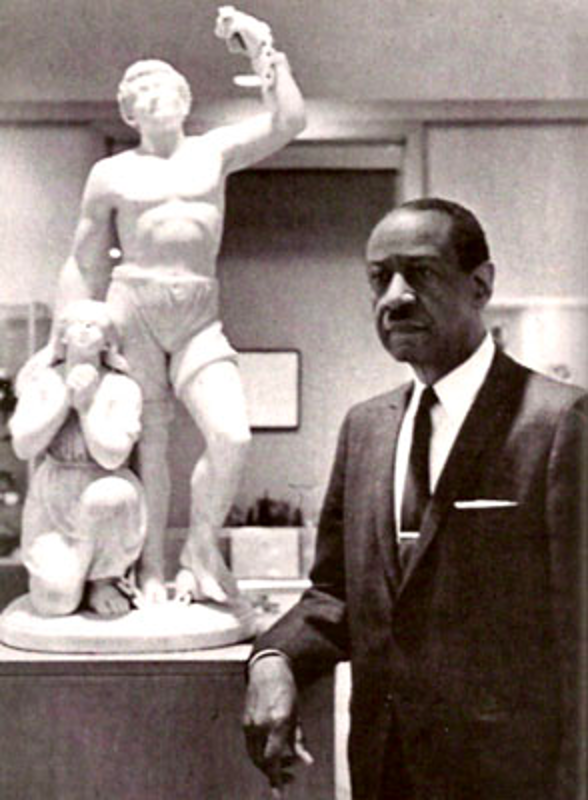
Considered the father of African American Art History, James Amos Porter was born on December 22, 1905 in Baltimore, Maryland. He graduated cum laude from Howard University in 1927, with a Bachelors of Science degree in art. After graduation he became an instructor of drawing and painting at Howard. He continued growing as an artist and began attending the Art Students League of New York, under the tutelage of Dimitri Romanovsky. In addition, he studied in Paris at the Institute of Art and Archeology at the Sorbonne, receiving a Certificat de Présence in 1935. After completing his MA at New York University in 1937, he published “Modern Negro Art” (1943), an early comprehensive study of African American art (that remains the foundation of African-American art history and for later texts.)
In 1953 he became head of Howard’s art department, working alongside fellow artists Lois Mailou Jones and James Lesesne Wells. Under his leadership, Howard produced scholars such as David C. Driskell, Sylvia Snowden and Tritobia Hayes Benjamin. In an era where the contributions of African American artists were denied, Porter was diligent in defining the image of Black artists worldwide. His exploration of Black art contextualized the history as a part of American culture, while also linking it to the African diaspora. This stream of thought established the curriculum for African American art and provided a foundation for the study of Black artists.
(Source: https://en.wikipedia.org/wiki/James_A._Porter)
Ann Cole Lowe: Fashion Designer (1898-1981)
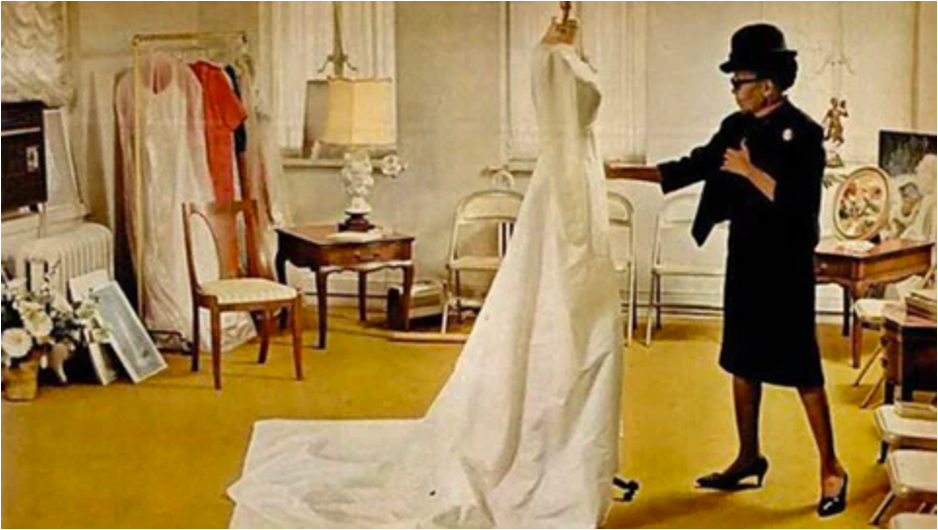
Ann Lowe was the first African American to become a fairly renowned fashion designer. From the 1920s to the 1960s, Lowe’s unique designs were worn by high society women. Lowe ultimately designed one of the most famous wedding dresses in history: the ivory silk taffeta bridal gown worn by Jacqueline Bouvier when she married John F. Kennedy in 1953. Unfortunately, Lowe never received the deserved credit from neither the press nor the First Lady herself because of her race. In 1968, however, Lowe opened her store, Ann Lowe Originals, on Madison Avenue and, today, her work is exhibited at the Metropolitan Museum of Art.
In 1917, Lowe and her son moved to New York City, where she enrolled at S.T. Taylor Design School. As the school was segregated, Lowe was required to attend classes in a room alone. However, segregation did not stop her, and she still managed to rise above her peers in school. Her work was often shown to her white peers in recognition of her outstanding artistry, and she was eligible for graduation after attending school for only half a year. After graduating in 1919, Lowe and her son moved to Tampa, Florida. The following year, she opened her first dress salon. The salon catered to members of high society and quickly became a success. Having saved $20,000 from her earnings, Lowe returned to New York City in 1928. During the 1950s and 1960s, she worked on commission for stores such as Henri Bendel, Montaldo's, I. Magnin, Chez Sonia, Neiman Marcus, and Saks Fifth Avenue. In 1946, she designed the dress that Olivia de Havilland wore to accept the Academy Award for Best Actress for To Each His Own, although the name on the dress was Sonia Rosenberg.
(Source: https://en.m.wikipedia.org/wiki/Ann_Lowe)
Aaron Douglas: Graphic Designer (1899 – 1979)
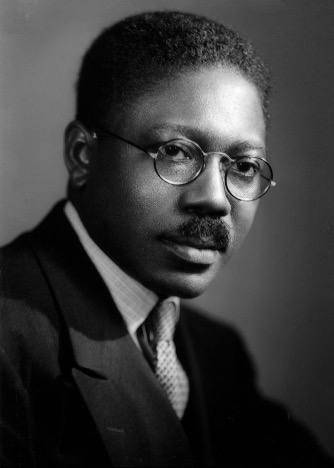
Known as a key artist in the Harlem Renaissance, Aaron Douglas was a pivotal figure in developing a distinctly African style of art through his blending of Art Deco and Art Nouveau styles with connections to African masks and dances. His illustrations, published in Alan Locke’s anthology, The New Negro Movement, showcased his detachment from European-style arts and evolution into his own style, clearly communicating African heritage. Douglas graduated from the University of Nebraska in 1922 with a BFA. He then went on to teach high school art before moving to New York two years later to study under German artist Winold Reiss.
He became the most sought-after illustrator for Black writers of his time after his covers for Opportunity and The Crisis which were dubbed “Afro-Cubanism” by leading art critic Richard Powell. Among his other notable covers and illustrations are his designs for Carl Van Vechten’s God’s Trombone, James Weldon Johnson’s epic poem. His murals, adorning the walls of various institutions, cemented his name as a major artist of the Harlem Renaissance. His best-known work is a series of murals called, Aspects of Negro Life, which Douglas created for the 135th St branch of the New York Public Library. He later left New York to become chair at the art department of Fisk University in Nashville, TN, where he resided until his death until 1979.
(Source: https://laughtoncreatves.com/13-african-american-graphic-designers-know-part-1/)
Katherine Dunham: Dancer, Choreographer, Anthropologist, Filmmaker (1909-2006)
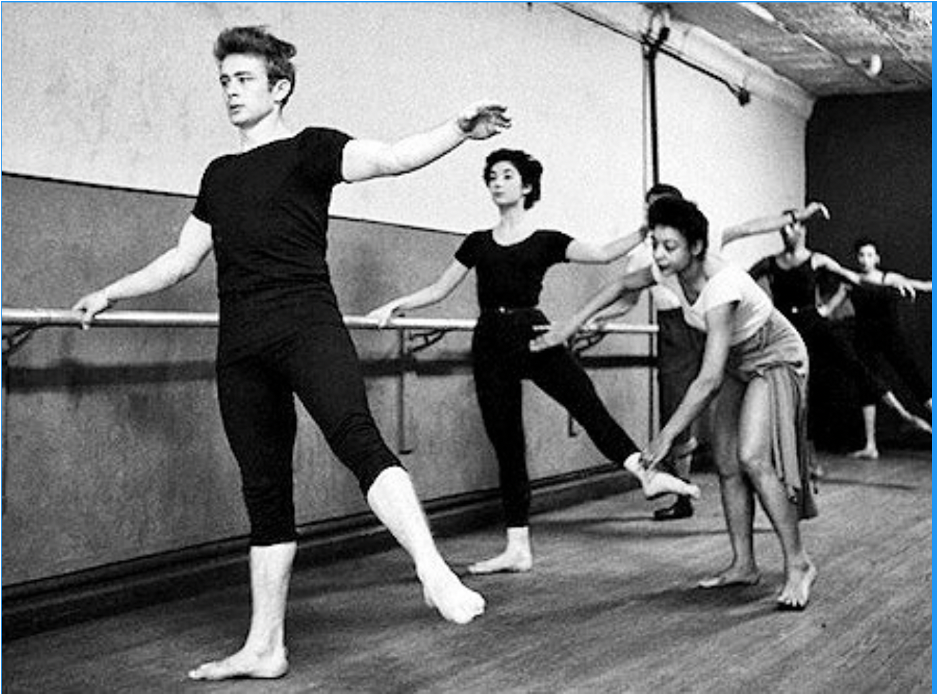
Born in 1909 in Chicago, Katherine Dunham is an American dancer-choreographer who is best known for incorporating African American, Caribbean, African, and South American movement styles and themes into her ballets. As a young dancer and student at the University of Chicago, she chose anthropology as her course of study. The union of dance and anthropology would have a profound impact on her choreographic style throughout her career.
Dunham did pioneering work in the field of dance anthropology and founded a school that embodied multi-cultural principles decades before the term was used in the field of education. During her time in Haiti, Dunham came to understand - both intellectually and kinesthetically - the African roots of Black dance in the West Indies. From this physical understanding of what she considered her cultural roots, Dunham began to develop the first African American concert dance technique.
In 1992, at over 80 years of age, Miss Dunham undertook a 47-day hunger strike on behalf of the Haitian refugees in the U.S., who had fled under political persecution and were being inhumanely deported back to Haiti during George H. W. Bush’s administration. Her hunger strike galvanized world attention to the problem.
Sources: https://www.loc.gov/item/ihas.200152685/,
https://www.dunhamcertification.org/katherine-dunham-bio)
Paul Robeson: Actor, Singer, Activist
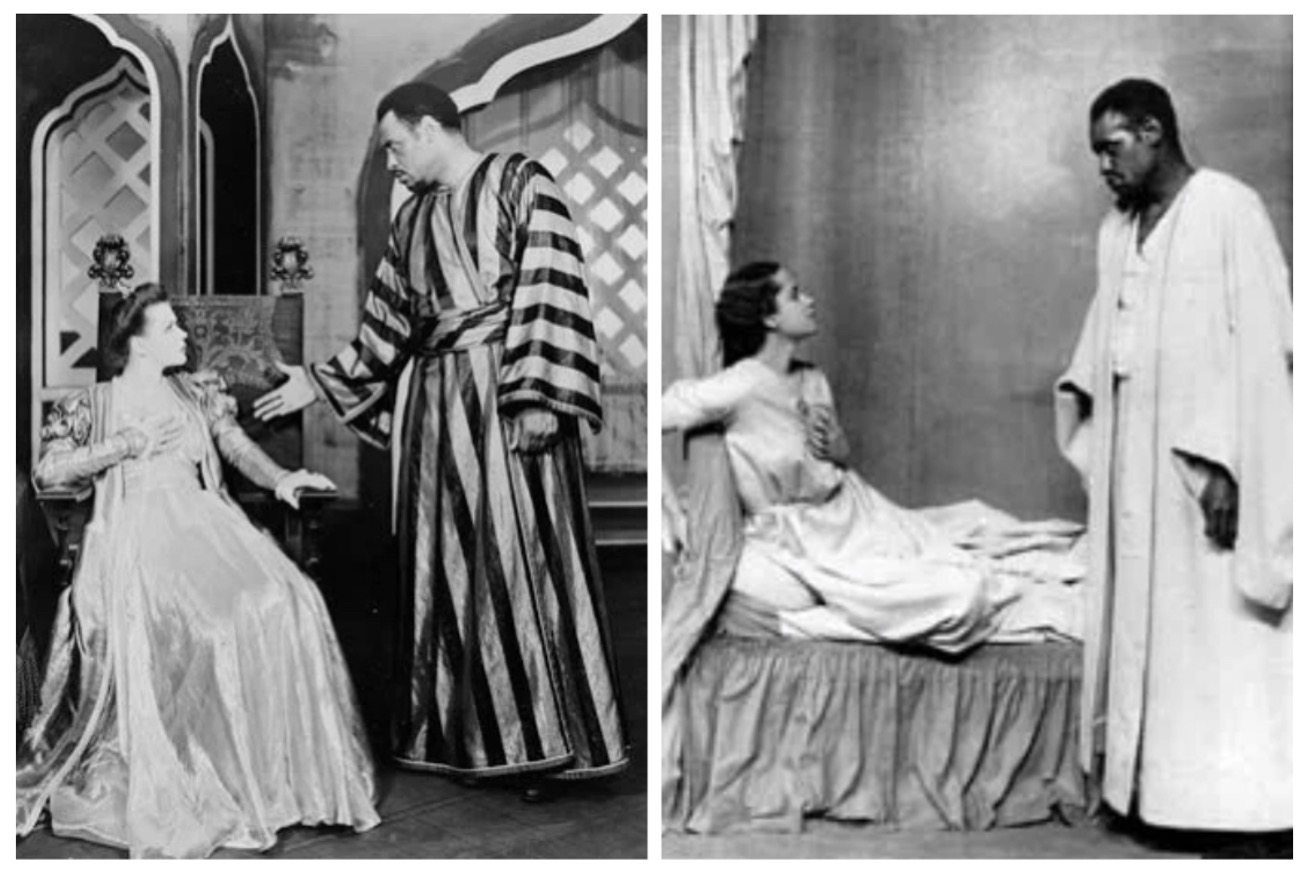
Born in 1898, Paul Robeson grew up in Princeton, New Jersey. His father had escaped slavery and become a Presbyterian minister, while his mother was from a distinguished Philadelphia family. At seventeen, he was given a scholarship to Rutgers University, where he received an unprecedented twelve major letters in four years and was his class valedictorian. After graduating he went on to Columbia University Law School, and, in the early 1920s, took a job with a New York law firm. Racial strife at the firm ended Robeson’s career as a lawyer early, but he was soon to find an appreciative home for his talents.
As an actor, Robeson was one of the first Black men to play serious roles in the primarily white American theatre. He performed in a number of films as well, including a re-make of “The Emperor Jones” (1933) and “Song of Freedom” (1936). In a time of deeply entrenched racism, he continually struggled for further understanding of cultural difference In the mid-1920s he played the lead in Eugene O’Neill’s "All God’s Chillun Got Wings” (1924) and “The Emperor Jones” (1925). Throughout the late 1920s and 1930s, he was a widely acclaimed actor and singer. With songs such as his trademark “Ol’ Man River,” he became one of the most popular concert singers of his time. His “Othello” was the longest-running Shakespeare play in Broadway history, running for nearly three hundred performances. It is still considered one of the great American Shakespeare productions. While his fame grew in the United States, he became equally well-loved internationally. He spoke fifteen languages, and performed benefits throughout the world for causes of social justice. More than any other performer of his time, he he believed that the famous have a responsibility to fight for justice and peace.
(Source: https://www.pbs.org/wnet/americanmasters/paul-robeson-about-the-actor/66/#)
Anna Julia Cooper: Leader, Educator, Writer, Activist, Philosopher (1858-1964)
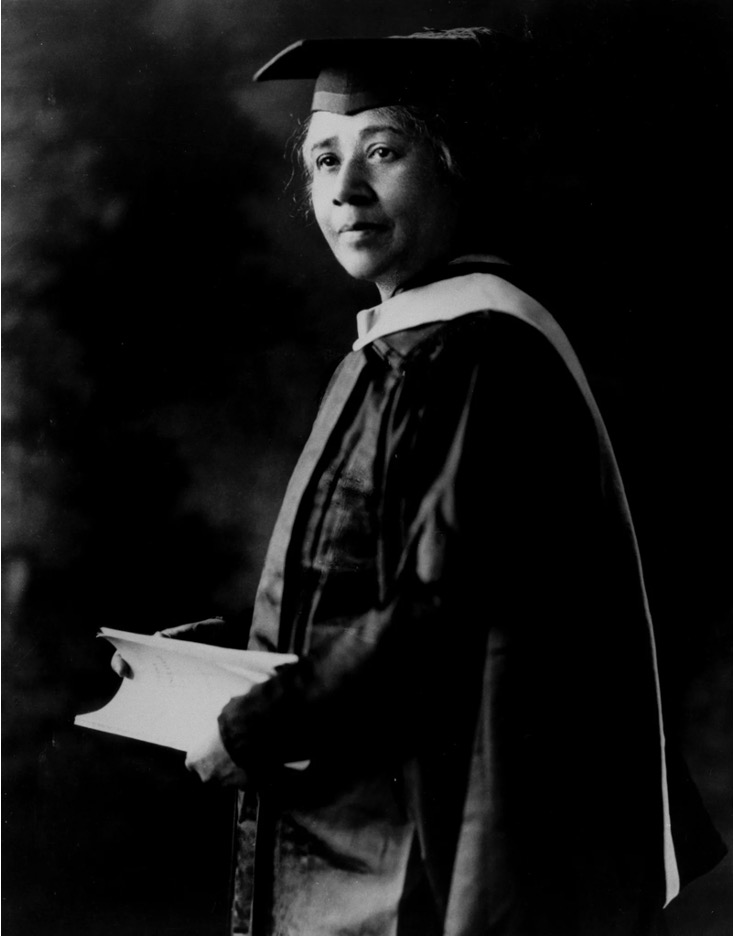
Anna Julia Haywood Cooper (1858-1964) was a writer, teacher, and activist who championed education for African Americans and women. Born into bondage in 1858 in Raleigh, North Carolina, Anna Haywood married George A.G. Cooper, a teacher of theology at Saint Augustine’s, in 1877. When her husband died two years later, Cooper decided to pursue a college degree. She attended Oberlin College in Ohio on a scholarship, earning a BA in 1884 and a masters degree in mathematics in 1887. After graduation, Cooper worked at Wilberforce University and Saint Augustine’s before moving to Washington, D.C. to teach at Washington Colored High School.
Cooper published her first book, A Voice from the South by a Black Woman of the South, in 1892. In addition to calling for equal education for women, A Voice from the South advanced Cooper’s assertion that educated African American women were necessary for uplifting the entire black race. Cooper also established and co-founded several organizations to promote black civil rights causes. She helped found the Colored Women’s League in 1892, and she joined the executive committee of the first Pan-African Conference in 1900. Since the Young Women’s Christian Association (YWCA) and the Young Men’s Christian Association (YMCA) did not accept African American members, she created “colored” branches to provide support for young Black migrants moving from the South into Washington, D.C.
In 1925, at the age of 67, Cooper became the fourth African American woman to obtain a doctorate of philosophy at the University of Paris. In 1930, Cooper assumed the presidency of Frelinghuysen University, a school for Black adults. She served as the school’s registrar after it was reorganized into the Frelinghuysen Group of Schools for Colored People. Cooper remained in that position until the school closed in 1950.
(Source: https://blackhistory.news.columbia.edu/people/anna-julia-cooper)